Rents in Australia are holding steady at record highs, but the pace of growth has slowed down compared to previous years. While this might seem like a positive development, affordability continues to be a significant issue nationwide.
Record High Rents Amid Slow Growth
According to Domain’s March quarterly report, rents are experiencing the slowest rate of growth in four years due to an increase in supply. However, they still remain historically high across the country. This situation highlights the ongoing imbalance between supply and demand in the rental market.
The Most Expensive Electorates
Data reveals that Kingsford Smith, Bradfield, Sydney, and Warringah in New South Wales, along with Fadden in Queensland, are among the top five most expensive electorates in terms of rental prices. These areas reflect the broader trend of rising rental costs impacting Australians from various regions.
Implications for Renters
The affordability crisis is further exacerbated by the fact that Australian renters need a substantial income—around $130k—to afford an average property. This staggering figure underscores the financial strain faced by individuals and families seeking suitable housing options.
Expert analyst Nicola Powell from Domain emphasizes that despite modest growth rates below 5% in most cities—a sharp decline from previous double-digit increases—the market still heavily favors landlords. The impact of increased supply is evident in slowing price growth; however, it falls short of fully meeting demand.
Rental Vacancy Rates
The national vacancy rate stands at a mere 0.8%, well below the 3% threshold considered optimal for market equilibrium. While this figure marks a slight increase from the previous year’s 0.7%, it indicates persistent challenges for renters looking for available properties.
Affordability Concerns
Anglicare Australia’s heatmap on rental affordability highlights pressing concerns across various electorates. Executive director Kasy Chambers draws attention to the dire state of affairs where only 0.6% of rentals are within reach for minimum-wage earners—and essentially none for those without employment.
Chambers underscores that housing represents one of Australians’ most significant financial burdens amid election campaigns focused on cost-of-living issues. Despite public outcry for solutions to address these challenges, proposed policies may not adequately tackle the magnitude of the housing crisis or could inadvertently drive prices higher.
In conclusion, Australia’s rental landscape reflects a complex interplay between market dynamics and socio-economic factors impacting individuals’ access to affordable housing options.


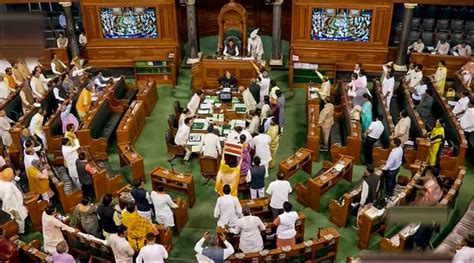
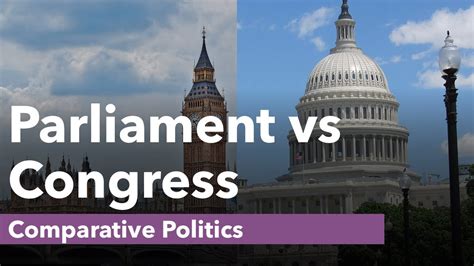
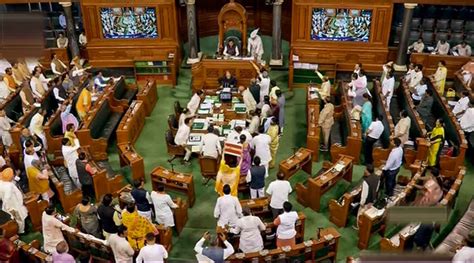
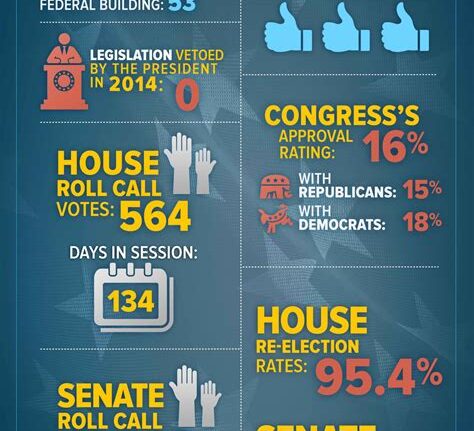
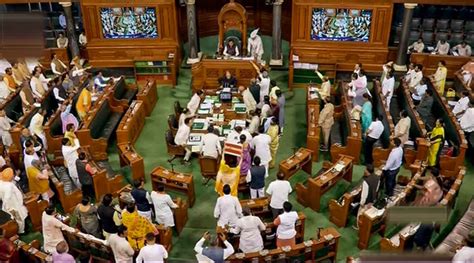
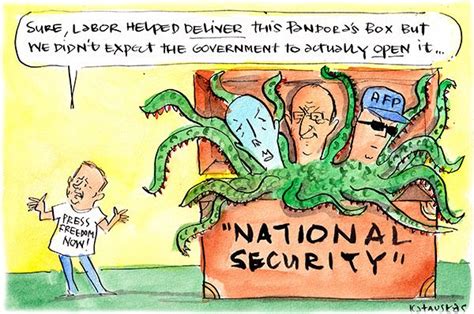
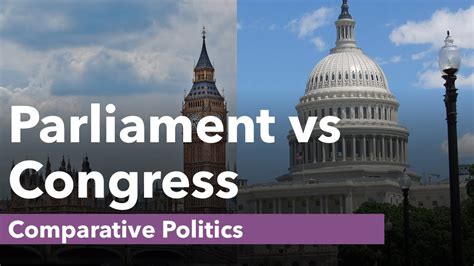
Leave feedback about this